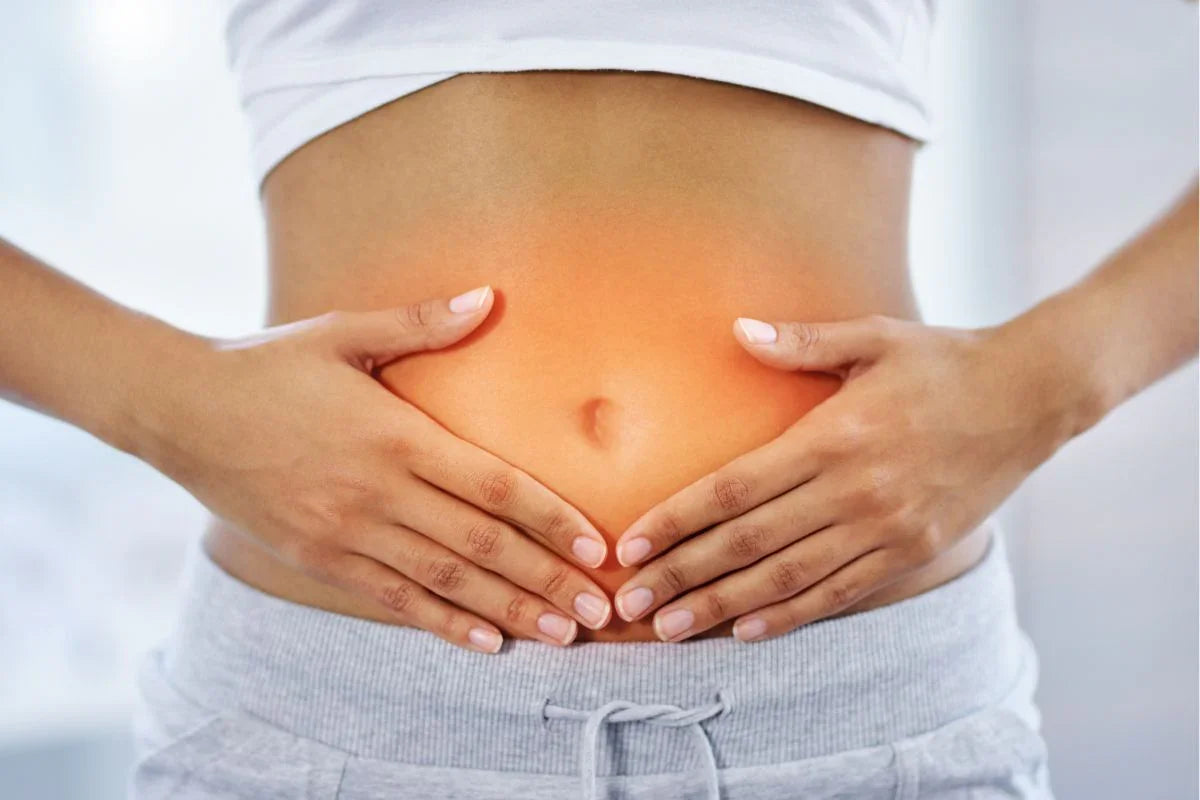
The Gut Microbiome: Key to Health – Part 1
Most of the cells in our body are not human but microbial; the ratio of “them” to “us” is about 10:1. Disturbances in the interactions between the host and the so-called microbiome, or simply biome, can lead to an imbalanced state. The type and diversity of bacteria in our intestines appear to have a remarkable influence on many aspects of our health.
Microbes are not only essential for digesting food, but they also influence the calories we absorb and produce important enzymes and vitamins. They are also a crucial part of the immune system. Author and professor Tim Spector even suggests in his book “The Diet Myth” that bacteria are largely responsible for our obesity epidemic.
The more we discover about our relationship with our microbial inner and outer world and their role in human health, the more it appears that we live as a collective in a biological community: we are merely a part of a dynamic ecosystem of organisms. Within this paradigm, “health” can be understood as an expression of the diversity, resilience, and balance of the ecosystem.
How we can maximize biodiversity in the gut is still unclear. Pre- and probiotics play a role, as do fermented and fiber-rich foods and even lifestyle factors. One self-experiment, for example, showed that a one-week diet consisting largely of potatoes unexpectedly led to greater microbiome diversity.
Compared to a fiber-rich diet, the diversity index increased after the potato diet from just over 26 to just under 39. Drastic dietary interventions thus seem to have a substantial impact on the microbiome. At the level of individual bacteria, however, a mixed picture was observed. Some “good” bacteria appeared only on the potato diet, some increased in relative abundance, while others decreased.
Why these apparent shifts occur is still a question mark. What the health effects are, and on what timescales they might be expected, is likewise unclear.
The microbiome-gut-brain axis
An estimated 200 million nerve cells are located in the intestines. That is not as many as in the brain, but more than in the peripheral nervous system and spinal cord combined. Microorganisms appear to engage in intimate two-way communication with these nerve cells, and these nerve cells in turn with the brain. This system is known as the “microbiome-gut-brain axis.”
Peripheral serotonin and the “second brain”
Serotonin is widely known as a neurotransmitter. It is also known that no less than 90% of the serotonin produced in the body is made in the digestive tract. Altered levels of this “peripheral serotonin” are associated with overall health.
Research published in Cell shows that certain gut bacteria play a central role in regulating the production of peripheral serotonin and suggests that changing the microbiota may help restore balance.
Mood-modulating soil microbes
Mycobacterium vaccae, a common soil bacterium, has been shown to have a clearly measurable effect on neurons. The bacterium is widely present in soil samples and can produce serotonin, which can influence your mood. These soil microbes raise cytokine levels, resulting in the production of more serotonin. Gardeners inhale the bacteria, come into skin contact with them, and may even get them directly into their bloodstream through, for example, a cut. The natural effect of these serotonin-modulating soil bacteria lasts about 3 weeks if experiments with rats are any indication.
The microbiome: not only in the gut
Although the majority of microbes are found in the intestines, it is also true that other parts of our body have their own microbiome, which plays an important role in the functioning of these specific body parts. This includes the skin, the genitals, and the mouth, but even the eyes and the nasal sinuses have their own microbiome.
The eye microbiome
Scientists at the School of Medicine, New York University, recently found that wearing contact lenses can significantly change the bacteria on the surface of the eye, making the eye more susceptible to infections. In people who wore contact lenses, the bacterial composition of the eye surface was often similar to that on the skin under the eyes. In non-contact lens wearers, this composition was more clearly differentiated. Contact lens wearers had higher levels of four types of bacteria: Lactobacillus, Acinetobacter, Methylobacterium, and Pseudomonas. This microbiome disturbance could help explain why contact lens wearers more often suffer from specific types of eye infections.
Nasal sinuses
Dr. Susan Lynch of the University of California, San Diego, has shown with her research group that for a healthy and problem-free nasal sinus, the diversity of the local microbiome plays the most important role, and not necessarily a specific pathogen. A healthy microbiome as a whole can influence the expression of other unwanted bacterial species.
Mara Silgailis even writes on her blog “Lacto Bacto” that she resolved her sinus problems by applying small amounts of kimchi juice directly into her nose. This was over two years ago, and she is still free of the problems that had plagued her before.
13 interesting bacteria facts
- Research shows that belly buttons contain about 1458 different species of bacteria. One person even had a specific bacterium previously found only in Japanese soil. This person, however, had never been to Japan.
- A Dutch study shows that a 10-second intimate kiss between two people results in the exchange of 80 million bacteria.
- In Japan, a new species of bacteria has been discovered that can live in hairspray.
- If all the bacteria living in and on the body were carefully collected, the total mass would amount to 1.3–2.26 kilograms.
- Even after thoroughly cleaning your teeth, there are still 1,000–100,000 bacteria on each tooth.
- The average human body contains 100 trillion bacterial cells; if each cell were equal to a dollar bill, it would stretch 14 times from the Earth to the moon and back.
- The human mouth contains three times as many bacteria as there are people on Earth.
- Bacteria are classified into three main shapes: cocci (spherical), bacilli (rod-shaped), and spirilla (spiral-shaped).
- The average person swallows one liter of saliva per day, containing 100 billion bacteria.
- Sweat does not smell until it combines with bacteria on the skin.
- Just one kilogram of C. botulinum bacteria, if distributed properly, could wipe out all of humanity.
- Some bacteria can move extremely fast, up to 50–60 times their own length in one second. This equals a 182 cm tall human running at 322 km/h.
- The gonorrhea bacterium is the strongest organism on Earth. It can pull with a force of 100,000 times its own weight. For a human, this would equal 10 million kilograms, or 22 fully loaded Boeing 747s.


